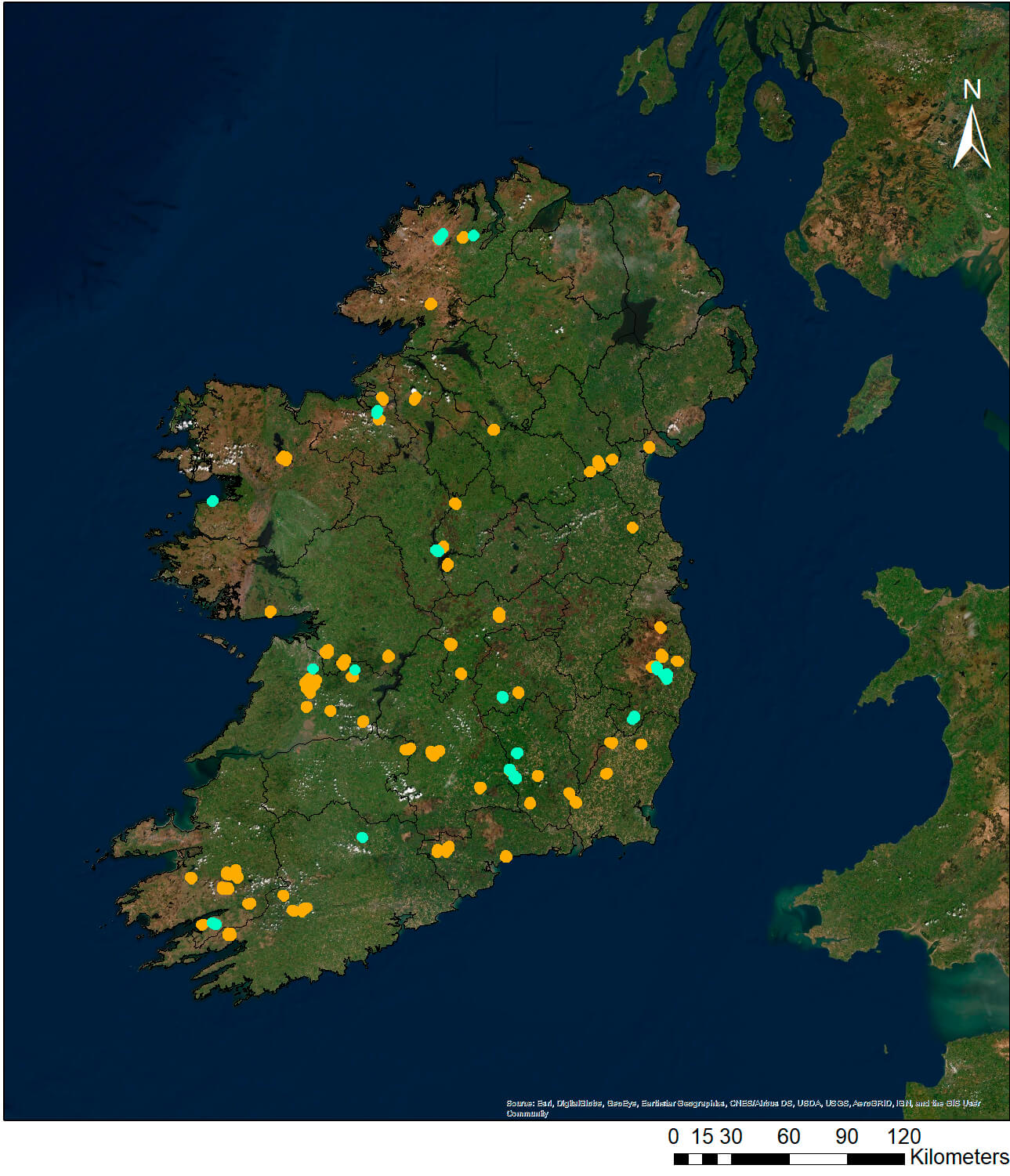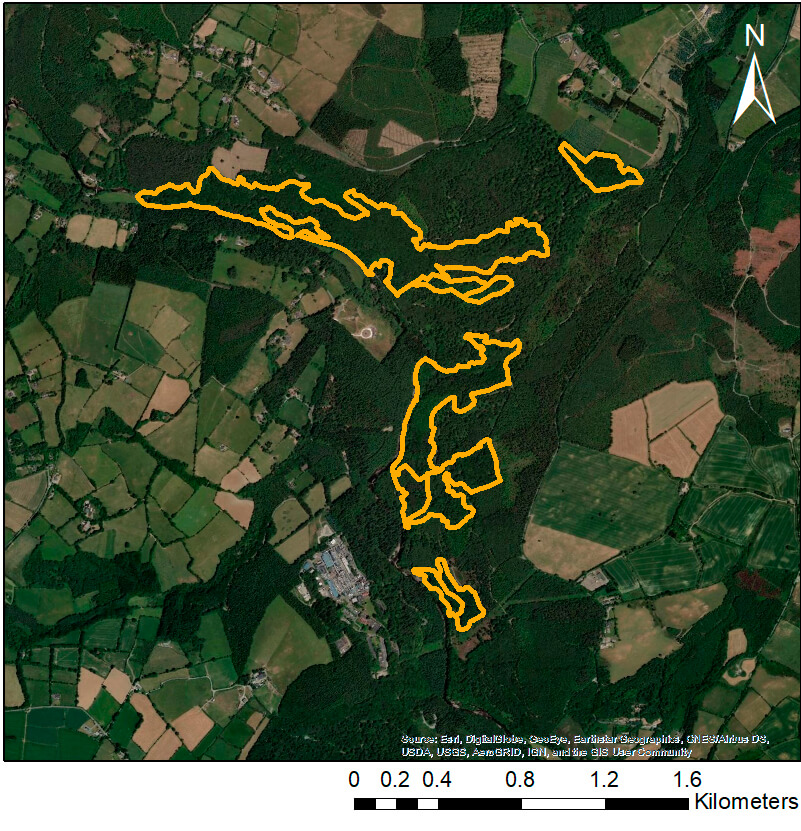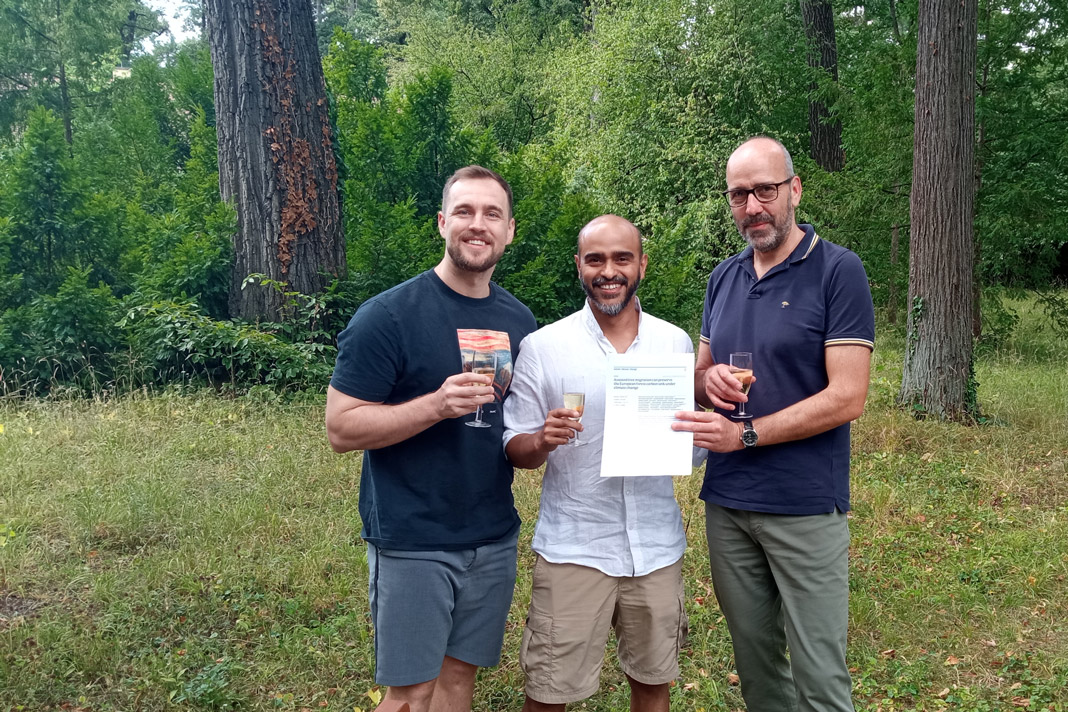Improving the genetic conservation network for Ireland
A new project in Ireland is aiming to expand the network of forest genetic conservation units. Ireland has one of the lowest forest covers in Europe, so characterising and conserving forest resources is an important part of national forestry plans.
Forest Genetic Resources (FGR) are the basis on which the health of our forests depend as they are essential to adaptation. Genetic diversity enables tree populations to adapt to conditions and to optimise their performance. A greater level of genetic diversity is a buffer against biotic and abiotic change, while a lack of diversity increases the vulnerability of a population or species to changing conditions and pathogens.
International best practice for FGR conservation involves establishing a network of in situ populations as conservation units. European FGR are well served by the EUFGIS information system. This database holds information on FGR in Europe and gives access to detailed data on genetic conservation units of forest trees across Europe and beyond. It facilitates a standard approach to designate sites as part of an FGR conservation network.
GeneNet, a new project led by the National Botanic Gardens of Ireland in collaboration with Dublin City University and funded by Ireland’s Department of Agriculture, Food and the Marine aims to update the network of sites across Ireland.
To date Ireland has 17 units listed on EUFGIS including populations of oak, birch, mountain ash, alder, ash, aspen and Scots pine. The GeneNet project proposes to further characterise these sites and to add sites to the Irish network. New populations will be selected for the network based on criteria such as geographical coverage and by using climatic zonation as a proxy for adaptive potential. An estimate of approximately 84 additional sites from 14 species will be added and characterised based on literature and GIS surveys.
Sites will be assessed in the field and genetic characterisation will be carried out on the high and medium priority species (alder, ash, birch, oak and Scots pine). GIS surveys will include searches of existing forestry and woodland databases and remote assessment using aerial photography and satellite imagery. Genetic characterisation will involve assessing variation between populations and establishing phylogeographic patterns through comparison with other European data.
All of the data generated will be built into a GIS to be used by the Forest Service (Department of Agriculture, Food and the Marine) for future management and will be added to the EUFGIS portal. The outputs of the project will be crucial to conserving and future-proofing Ireland’s forest genetic resources. The project will provide a European context to Ireland’s FGR and will enable the exploration of the adaptive potential in Irish forests.
The project has put up a Story Map and will be tweeting updates on @genenetmap
For additional information, please contact Colin Kelleher <colin.kelleher@opw.ie>








